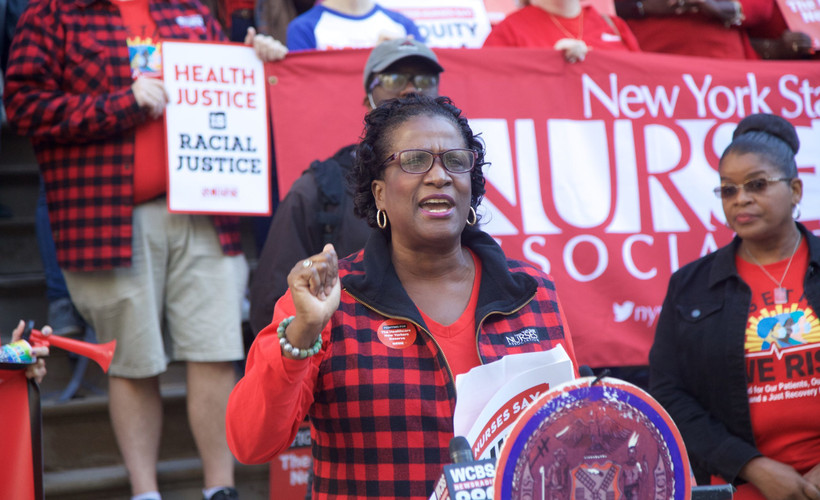A Hands-Off Labor Department Retreats From Wage Theft Enforcement
Under Roberta Reardon, the agency has recovered less and less of workers’ stolen wages. Meanwhile, staff resign, and replacements lag.

“There’s something very seriously wrong.”
New York Focus first requested wage theft order data in September 2022. Ten months later, on July 20, the Labor Department sent the data. But it declined to provide the number of new cases and judgements between 2019 and 2022, claiming the request was not "reasonably described."
Last Thursday, hours after New York Focus sent the Labor Department a final set of questions, the agency issued a press release disclosing its 2023 wage recovery figures.
The agency is considerably more opaque than many of its counterparts. California's labor department provides a public database of all open wage cases, and the Massachusetts attorney general publishes similar data. New York has no such tools.
“They should have more people managing these cases.”
“If the department was given the money... and they weren’t able to solve the problem with a significant infusion of capital, that is a problem in management.”

“You can’t staff your way out of a crisis.”








